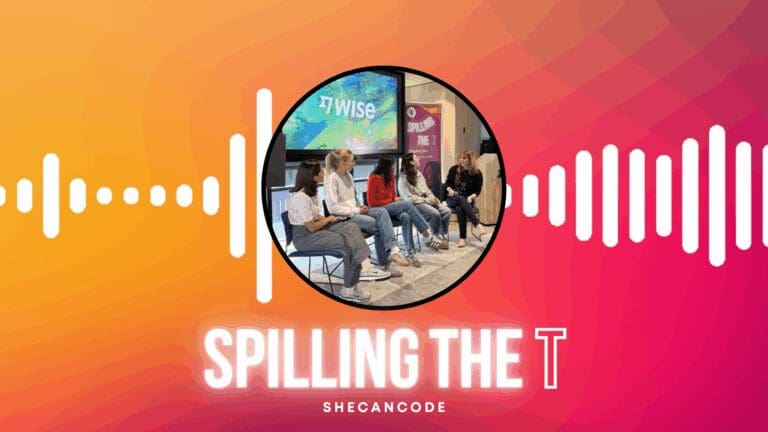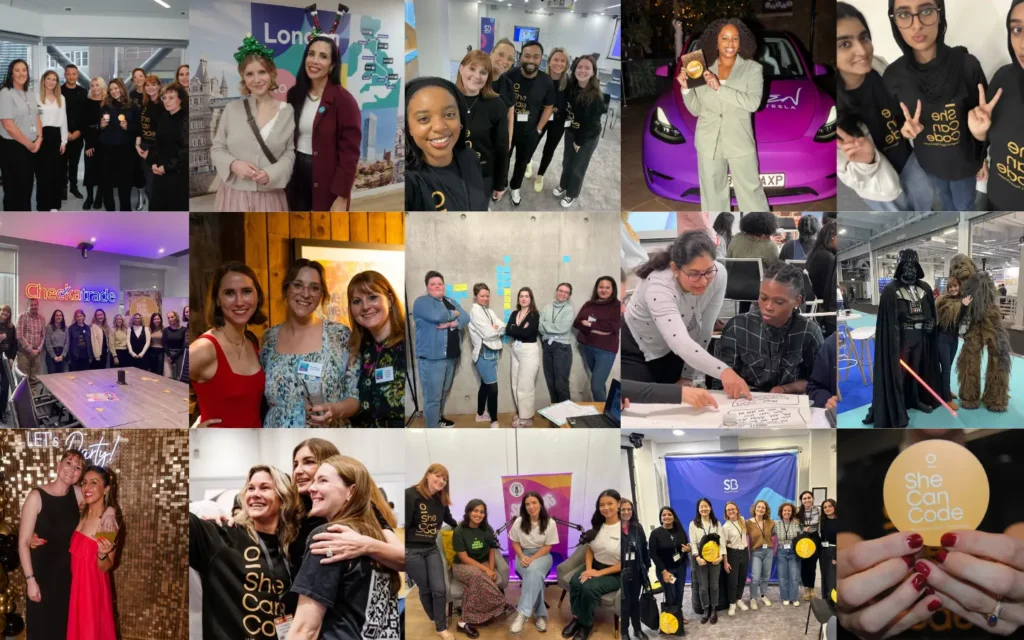Negotiation is more than just strategy and persuasion – it’s fundamentally about people.
 And people are different. They communicate differently, value different things, and respond to different approaches. To become a truly effective negotiator, you must learn to navigate these personality differences with intention.
And people are different. They communicate differently, value different things, and respond to different approaches. To become a truly effective negotiator, you must learn to navigate these personality differences with intention.
Understanding the Role of Personality in Negotiations
At the core of every negotiation are human behaviours and preferences. Some people are driven by results, others by relationships. Some want all the facts before deciding, while others trust their gut. If you approach every negotiation with a one-size-fits-all style, you risk losing connection, trust, and ultimately, the deal.
This is where understanding personality styles becomes a game-changer. Tools such as the E-Colours framework, which breaks down personality into four main styles, can be invaluable for this. The four different personality styles, as represented by E-Colours, are:
- Red (Doer) – Results-oriented, action-driven, decisive
- Yellow (Socialiser) – Social, enthusiastic, persuasive
- Green (Thinker) – Analytical, detailed, cautious
- Blue (Relator) – Empathetic, thoughtful, supportive
We have all four personality styles within us, just in different percentages. Most people are a combination of two dominant E-Colours styles that show their natural tendencies – strengths and potential limiters. Recognising these E-Colours in yourself – and in others – can help you tailor your negotiation approach to be more effective.
How to Negotiate with Each E-Colour Style
Red (Doer – Direct, Results-Focused)
What They Value: Efficiency, action, control, outcomes
How to Negotiate with Them:
- Be direct and to the point – avoid small talk
- Focus on results and benefits
- Don’t waste their time with excessive detail
- Be confident and decisive
- Watch Out: Red (Doer) can appear aggressive or impatient. Stay calm and stand your ground respectfully.
Yellow (Socialiser – Expressive, Optimistic)
What They Value: Recognition, relationships, excitement
How to Negotiate with Them:
- Build rapport and connect on a personal level
- Use stories and big-picture thinking
- Keep the tone positive and dynamic
- Be open to brainstorming or creative ideas
- Watch Out: The Yellow (Socialiser) may lose focus or avoid conflict. Keep the conversation structured without dampening their enthusiasm.
Green (Thinker – Analytical, Precise)
What They Value: Logic, accuracy, data, preparation
How to Negotiate with Them:
- Come prepared with facts and figures
- Give them time to process and evaluate
- Be patient – don’t pressure for quick decisions
- Clearly outline risks and benefits
- Watch Out: The Green (Thinker) may appear sceptical or overly cautious. Respect their need for certainty.
Blue (Relator – Supportive, Empathetic)
What They Value: Harmony, trust, collaboration
How to Negotiate with Them:
- Be warm, respectful, and sincere
- Emphasize win-win solutions
- Avoid high-pressure tactics
- Take time to listen and address concerns
- Watch Out: The Blue (Relator) may hesitate to express disagreement. Create a safe space for them to share openly.
The Power of Personal Intervention in Negotiation
Even with personality knowledge, negotiations can still trigger emotional reactions -frustration, impatience, defensiveness. That’s where the skill of Personal Intervention comes in.
Personal Intervention is the ability to pause and reflect before making an intentional response instead of a natural reaction. It allows you to interrupt your automatic behaviours – especially under stress – and choose a more effective response.
For Example:
- A Red (Doer) negotiator may feel the urge to dominate a slow-moving conversation. A moment of personal intervention can help them pause, allow space, and listen more effectively.
- A Green (Thinker) negotiator might get lost in analysis. With intervention, they can recognize when to let go of perfection and move toward a decision.
- A Blue (Relator) negotiator may shy away from expressing a firm position. Through personal intervention, they can summon the courage to assert their needs.
- A Yellow (Socialiser) negotiator might speak impulsively or gloss over details. By pausing, they can consider whether they’re truly addressing the other party’s priorities.
By using Personal Intervention, you stay aligned with your negotiation goals while adapting your approach to suit the personality on the other side of the table.
Putting It All Together
Great negotiators don’t just wing it – they prepare, observe, and adapt. By building self-awareness, you can quickly identify key personality tendencies and allow you to adapt your approach. And, with Personal Intervention, you can overcome your own reactive habits and stay intentional in every moment.
Here are a few final tips:
- Look for cues: Speech patterns, body language, and decision-making styles often reveal a person’s dominant personality style.
- Adapt but stay authentic: Flex your style without pretending to be someone you’re not.
- Practice Intervention: The more you pause, the more control you gain over the outcome.
Final thoughts
Negotiation isn’t about winning – it’s about understanding, connecting and finding mutual value, seeing the person across the table not as an obstacle, but as a partner in a meaningful dialogue. And that mindset is the real key to successful negotiation.








